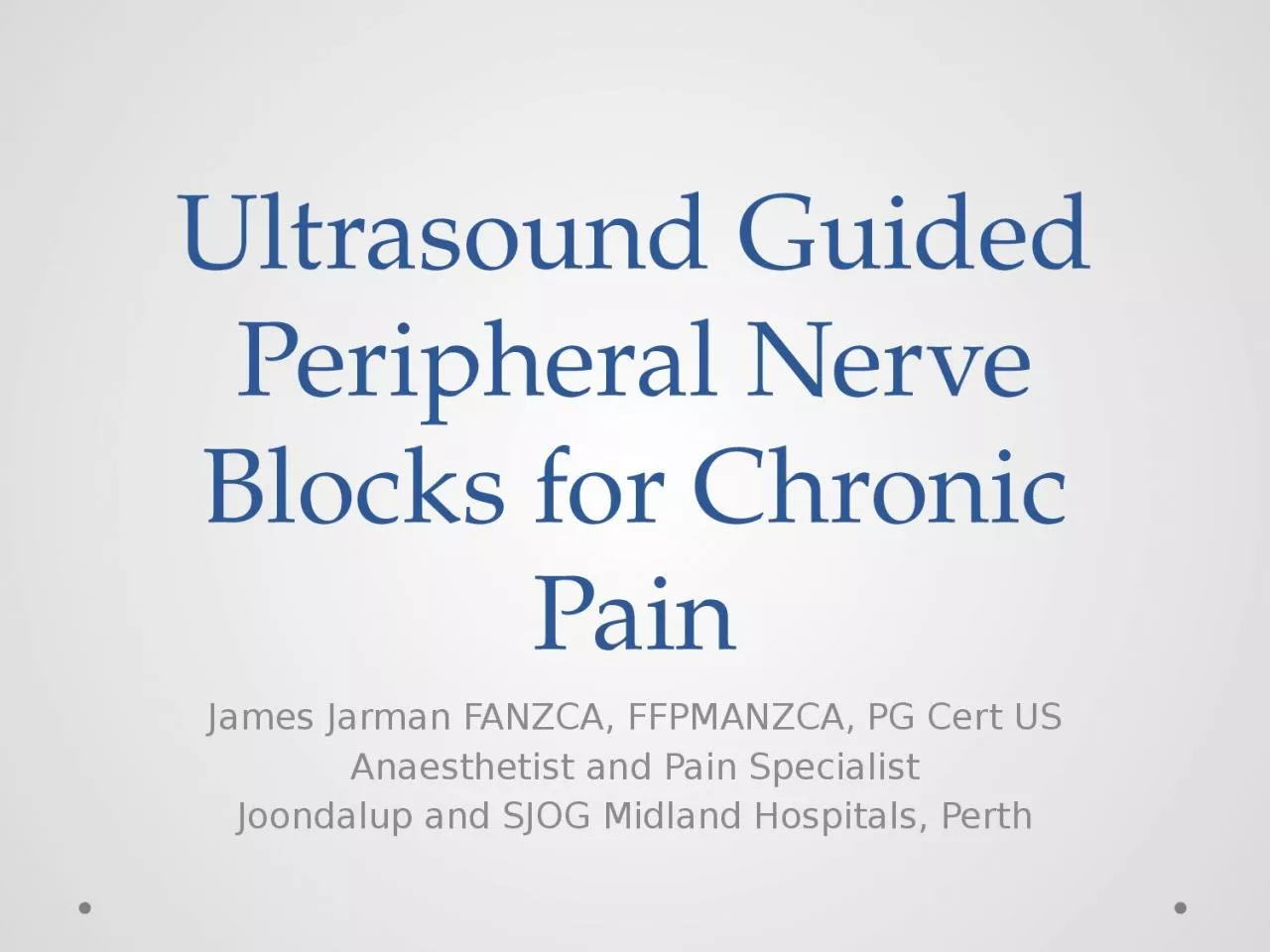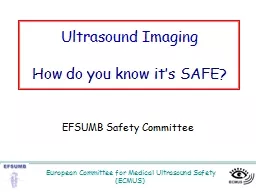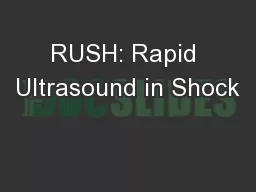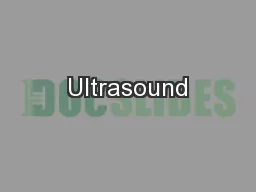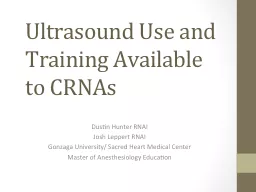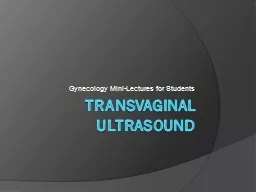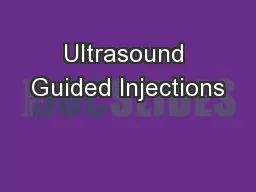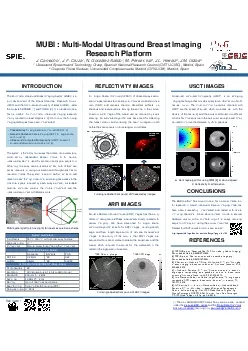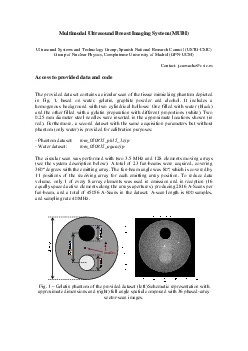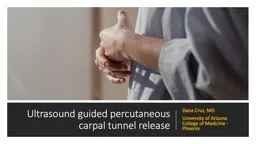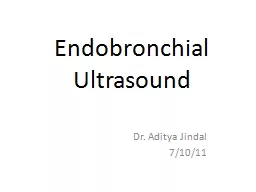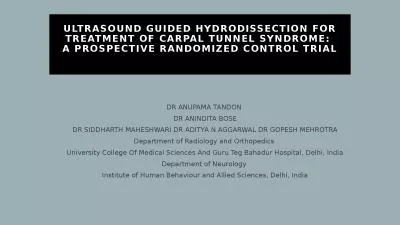PPT-Ultrasound Guided P eripheral
Author : Foodie | Published Date : 2022-07-27
N erve B locks for Chronic P ain James Jarman FANZCA FFPMANZCA PG Cert US Anaesthetist and Pain Specialist Joondalup and SJOG Midland Hospitals Perth Ultrasound
Presentation Embed Code
Download Presentation
Download Presentation The PPT/PDF document "Ultrasound Guided P eripheral" is the property of its rightful owner. Permission is granted to download and print the materials on this website for personal, non-commercial use only, and to display it on your personal computer provided you do not modify the materials and that you retain all copyright notices contained in the materials. By downloading content from our website, you accept the terms of this agreement.
Ultrasound Guided P eripheral: Transcript
Download Rules Of Document
"Ultrasound Guided P eripheral"The content belongs to its owner. You may download and print it for personal use, without modification, and keep all copyright notices. By downloading, you agree to these terms.
Related Documents

